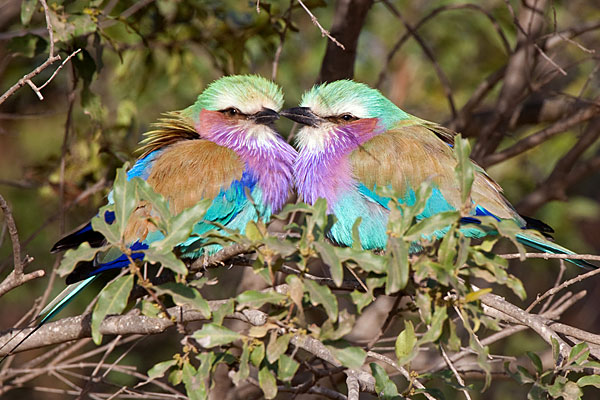
Summer is here and it’s the best time to spot migrant birds in the Kruger National Park, with some of the most colourful birds in the world coming to South Africa for a holiday. Here’s a list of our ten favourite birds with stunning plumage.
Southern Carmine Bee-eater
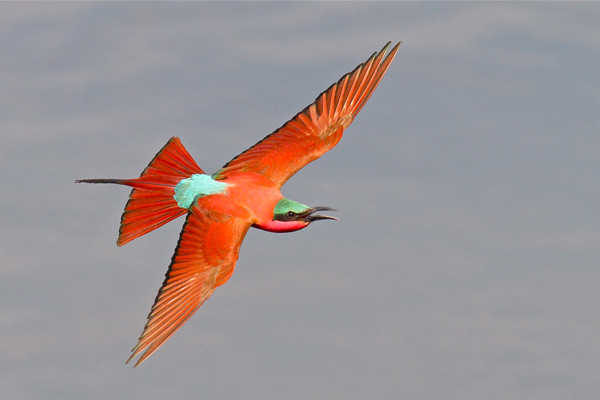
This richly coloured bird is predominantly a deep ruby or purplish-red in colouration, but with a blue crown and tail coverts. A migratory species that spends the breeding season in Zimbabwe, but flies further south during summer, before migrating to equatorial Africa from March onwards. Spot them at low-altitude river valleys and floodplains.
Violet-backed Starling
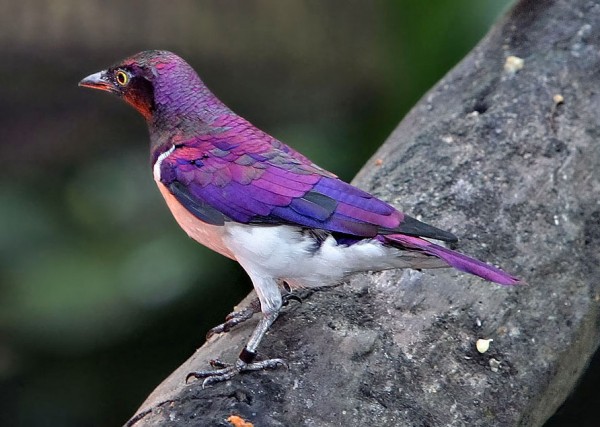
It may be hard to believe, but the Violet-backed Starling, also known as the Plum-coloured Starling, belongs to the same family as (comparatively plain) Mynans and Oxpeckers. This iridescent bird can be spotted as it forages for insects such as locusts and ants on the ground or in nests high up in densely wooded forest canopies, particularly in mopane groves.
Black-headed Oriole
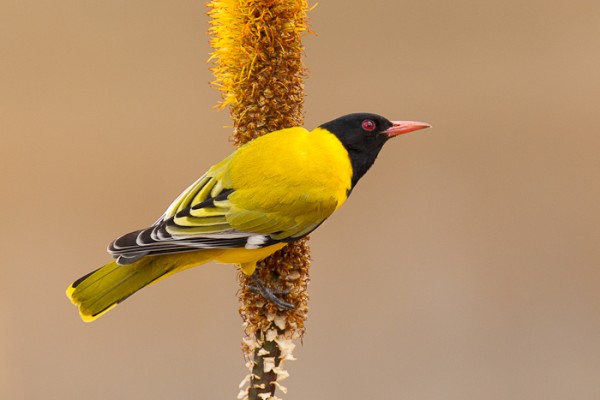
The striking appearance of the oriole’s bright yellow body and contrasting black head make it relatively easy to spot, especially in acacia woodlands and the dense shrublands. Although, you are more likely to hear its call first – so listen for a fluid warble followed by a series of imitations and whistles.
African Green Pigeon
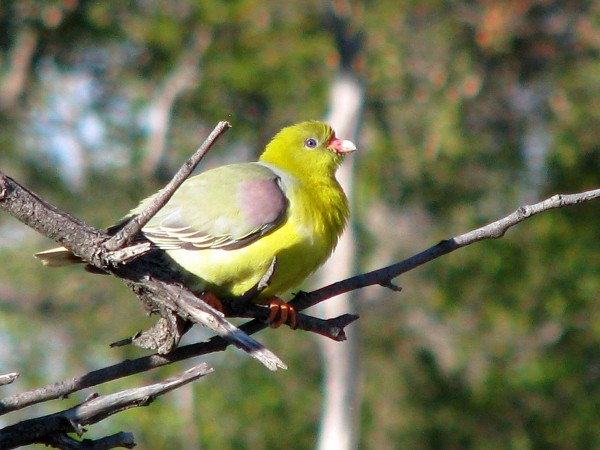
Unlike their dull-grey city counterparts, these yellowish green and mauve birds look almost tropical. But don’t expect them to be too easy to spot – even with red beaks and feet, they are surprisingly well camouflaged in the riverine woodlands and fig forest where they forage for fruit.
Blue Waxbill
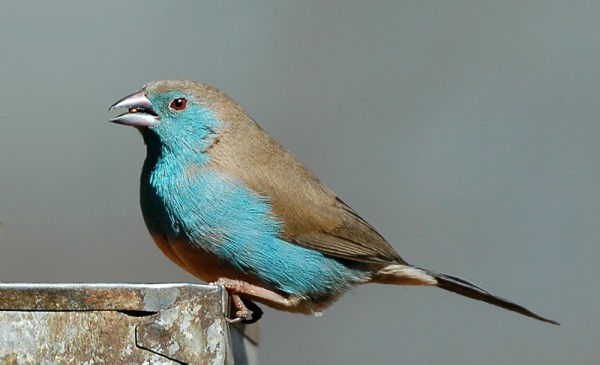
Also known as Blue-breasted Cordon-bleu, the Blue Waxbill is common across Africa. The face and upper breast are light blue and, in the male, a bright sky blue. See flocks moving between grass and bushes in the open thornveld.
Crested Barbet
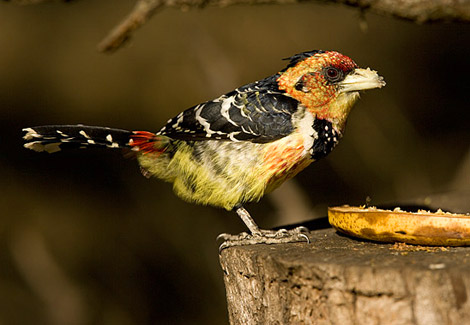
The colourful plumage and distinct shrill call of the Crested Barbet make it unmistakable. Often found in pairs, the birds are widely dispersed in forests, savannah, woodland thickets and watercourses (and probably in your own garden), where they feed on insects, as well as on the eggs of other birds.
Lilac-breasted Roller
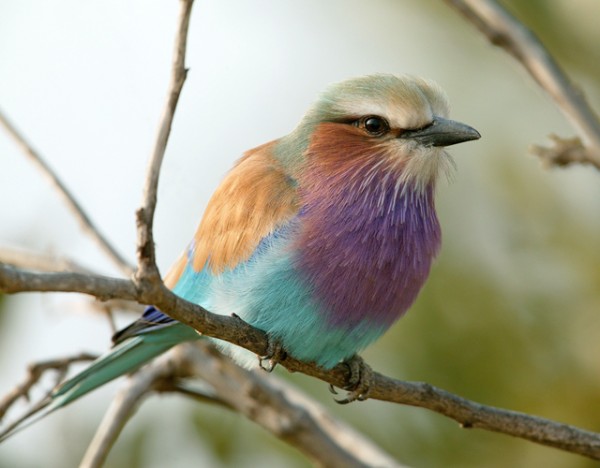
If you want to spot the ‘Troupant’, as it is known in Afrikaans, crane your neck towards the tops of trees, poles or other high vantage points where the bird perches to spot insects, lizards and other small prey. They are also known to use termite mounds and tree cavities as nests, so keep your eyes peeled and you are sure to see one of the most iconic birds in the Kruger.
Red-headed Weaver
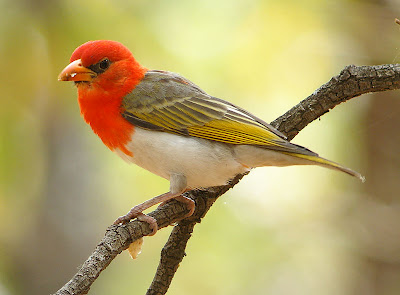
The male Red-headed weaver bears the distinctive red cowl that distinguishes this species from its yellow weaver cousins. The male of the species also builds the hanging nests common to these birds (which, of course, must be approved by the female). The only species in its genus, these birds are at home in savannah woodlands, and have practically colonised the area in front of the restaurant at Letaba!
European Bee-eater
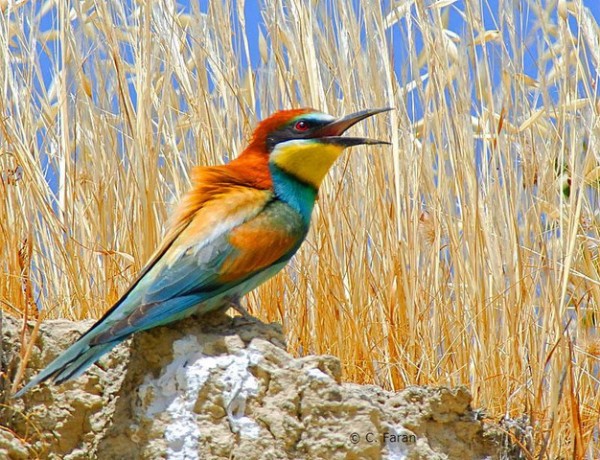
Another migrant bird, the richly coloured yellow, turquoise-green and blue plumage of the bee-eater is as well known as its slender shape and elongated tail. European Bee-eater colonies may be spotted in nested burrows, tunnelled into the side of sandy banks.
Woodland Kingfisher
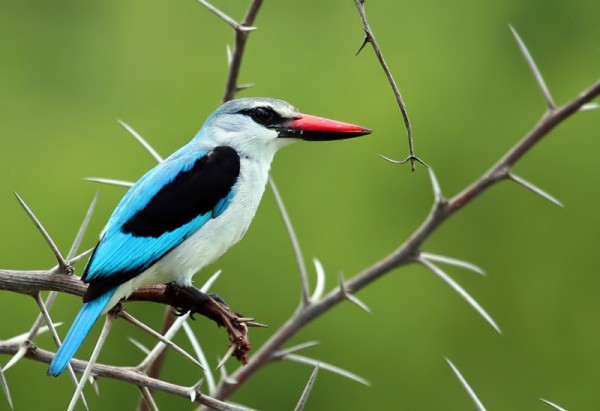
The brilliant turquoise and black colour-blocked back of the Woodland Kingfisher makes it stand out in the acacia foliage of its wooded habitats and also distinguishes it from its equally colourful cousin, the Malachite Kingfisher. 
Did we leave one out? Let us know your favourite colourful bird in the comments below!

